Like all medicines, this medicine can cause side effects, although not everybody gets them. Few cases of side effects of seeing, hearing or sensing things that are not there or feeling detached from oneself have been reported. However, the frequency of these side effects cannot be estimated from the available data. {…}
Very common, which may affect more than 1 in 10 people:
feeling sick, dizziness, inability to sleep, headache
loss of appetite, difficulty sleeping, confusion, feeling restless, reduced sex drive, drowsiness, body twitches, feeling less alert, peculiar sensation in the skin like pins and needles, reduced sense of touch, racing heart, a sensation of a rapid, forceful, or irregular beating of the heart, vomiting, dry mouth, excessive sweating, muscle spasms, feeling of exhaustion, weakness, discomfort or uneasiness, feeling strange, weight loss
seeing, hearing or sensing things that are not there
feeling detached from oneself
At this time, the frequency of these side effects cannot be estimated from the available data.
LET THE WELLBEING WARS BEGIN...
So, with our wellbeing in mind, it's the time of year when the Office for National Statistics churn out the latest data on National Wellbeing - well, their ‘measured’ version of it. Here are their handy 8 new insights into UK personal well-being for 2013/14:
- 27% of UK adults rated their life satisfaction at a very high level in 2013/14, an increase on the previous year.
- Unchanged on the previous year, 6% of UK adults rated their life satisfaction at a low level in 2013/14.
- 33% of UK adults rated their happiness at a very high level in 2013/14, an increase on the previous year.
- 10% of UK adults rated their happiness at a low level in 2013/14, a fall on the previous year.
- 33% of UK adults gave very high ratings in 2013/14 when asked if they feel the things they do in life are worthwhile, a rise on the previous year.
- A small but steady minority of around 4% of UK adults gave very low ratings when asked if they feel the things they do in life are worthwhile.
- 39% of UK adults rated their anxiety levels as very low in 2013/14 with more people reporting low anxiety this year than last.
- 20% of UK adults rated their anxiety at a high level in 2013/14, a fall on the previous year
You can chew over this to your hearts content, by clicking on the genuinely scientific photograph of levitation above, for their full report, but I still retain an uneasiness about this economic obsession with happiness and increasingly mindfulness, which once the policy makers commandeer them as hard objectives, we enter the land of the deluded. Mind you, there are plenty of pharmacological options to up your happiness quota! The All Party Parliamentary Group on Wellbeing Economics make a case for both mindfulness and arts/health, but without sounding like a stuck-record - what about pessimism, anger and discontent. I still rather hope that arts and culture might not leave us sedated and smiling in our individualistic corners, but provoke us into a little discontent to. Click on the extraordinary factual flying chair photograph below for their report.
What is even more interesting to read, is the report of Professor, Dame Sally Davies, the Governments Chief Medical Officer and her timely rebuttal of all things wellbeing too, particularly the cult of wellbeing’s ‘hypothesis’ set out in the 2008 Foresight Report, that:
- mental health promotion, (i.e: the determinants of mental health)
- mental illness prevention, (which is concerned with the causes of disease)
- treatment and rehabilitation.
Concluding that we ‘should invest in these opportunities rather than being side-tracked by ill-defined approaches to ‘well‑being’ which currently go well beyond existing evidence’, Davies provides us with a serious critique to the wellbeing agenda and calls for robust evidence. The challenge is there if you want it.
Click on the image of Dame Sally (in the handsome black hat) consulting with the WHO below, to read her summary report.
LUMINATE
On the 14th November, director of Arts and Health Australia Margret Meagher will be speaking at the Luminate Festival in Scotland. I’m thrilled to be attending the 6th Annual International Arts and Health Conference in Melbourne where I will be giving a keynote on the I AM: Art as an Agent for Change work on addiction recovery. I’ll be giving the first public outing of the Recoverist Manifesto and working with people in recovery in Australia to contribute to Recoverism.
2.00-5.00pm, Saturday 8th November, 2014, Birley Fields Campus, MMU
This event explores the potential benefits of arts participation in relation to health, wellbeing and social inclusion. Attendees will have the chance to find out about arts for health projects led by Manchester Metropolitan University (MMU) from the perspective of social science researchers and artists, and to try out various arts activities for themselves. Creative music, dance and Javanese gamelan (percussion orchestra) taster workshops will be on offer, with additional opportunities for those taking part to feedback their own experiences and contribute to a wider discussion. The event is open to anyone with an interest in the topic, no previous experience is required
http://www.eventbrite.co.uk/e/community-arts-as-social-and-psychological-medicine-tickets-12287071963?aff=eorg
Please join us for the launch of a new site specific installation on Great Ancoats Street, Manchester by artist Lucy Harvey on Thursday 9th October, from 6-8pm.
Useful work versus useless toil reinterprets the collection of Thomas Horsfall's Ancoats Art Museum through artefacts and vitrines made in co-production with young people from mental health charity 42nd Street.
The processes and forms of the arts and crafts movement, industrial production and plant taxonomy have been appropriated to create a collection of objects of ambiguous function. Taking its title from the William Morris lecture of the same name, useful work versus useless toil considers the contemporary function of the decorative arts and museum collections in interpreting the natural world and our industrial heritage.
Reaping the benefits of helping artists learn
Shared investment in the learning and CPD needs of artists working in participatory settings will reap benefits for everyone, from commissioners and training providers to employers and funders, new ArtWorks research shows. The latest ArtWorks paper, ‘What do you need?’ Learning approaches for artists in participatory settings, sets out the key features of learning opportunities which artists say work best for them. Read more at: http://www.artworksphf.org.uk/wp-content/uploads/2014/09/What-do-you-need-learning-approaches-report.pdf









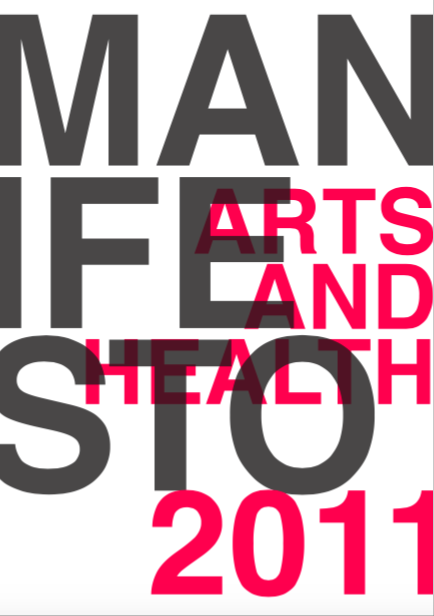
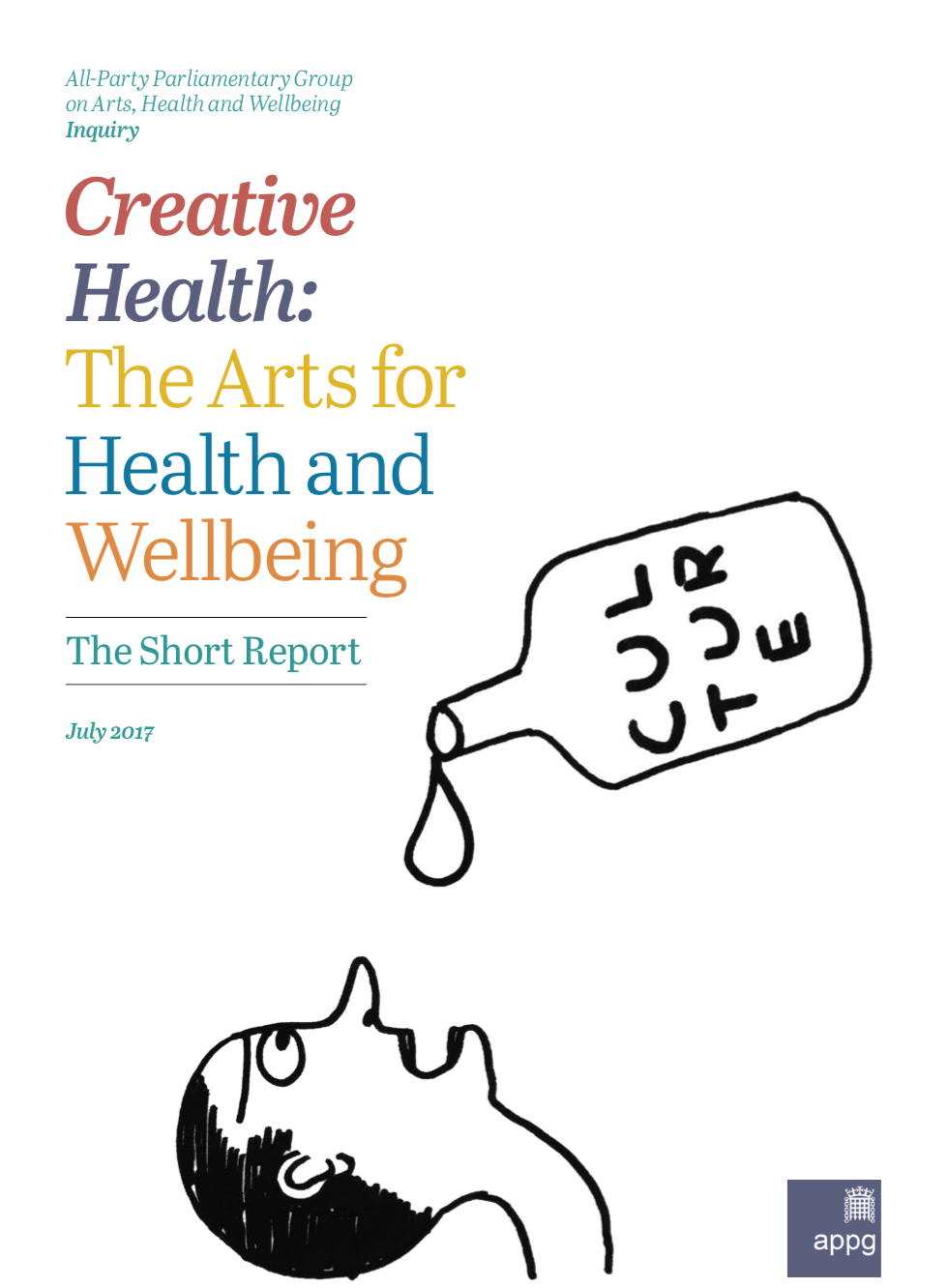


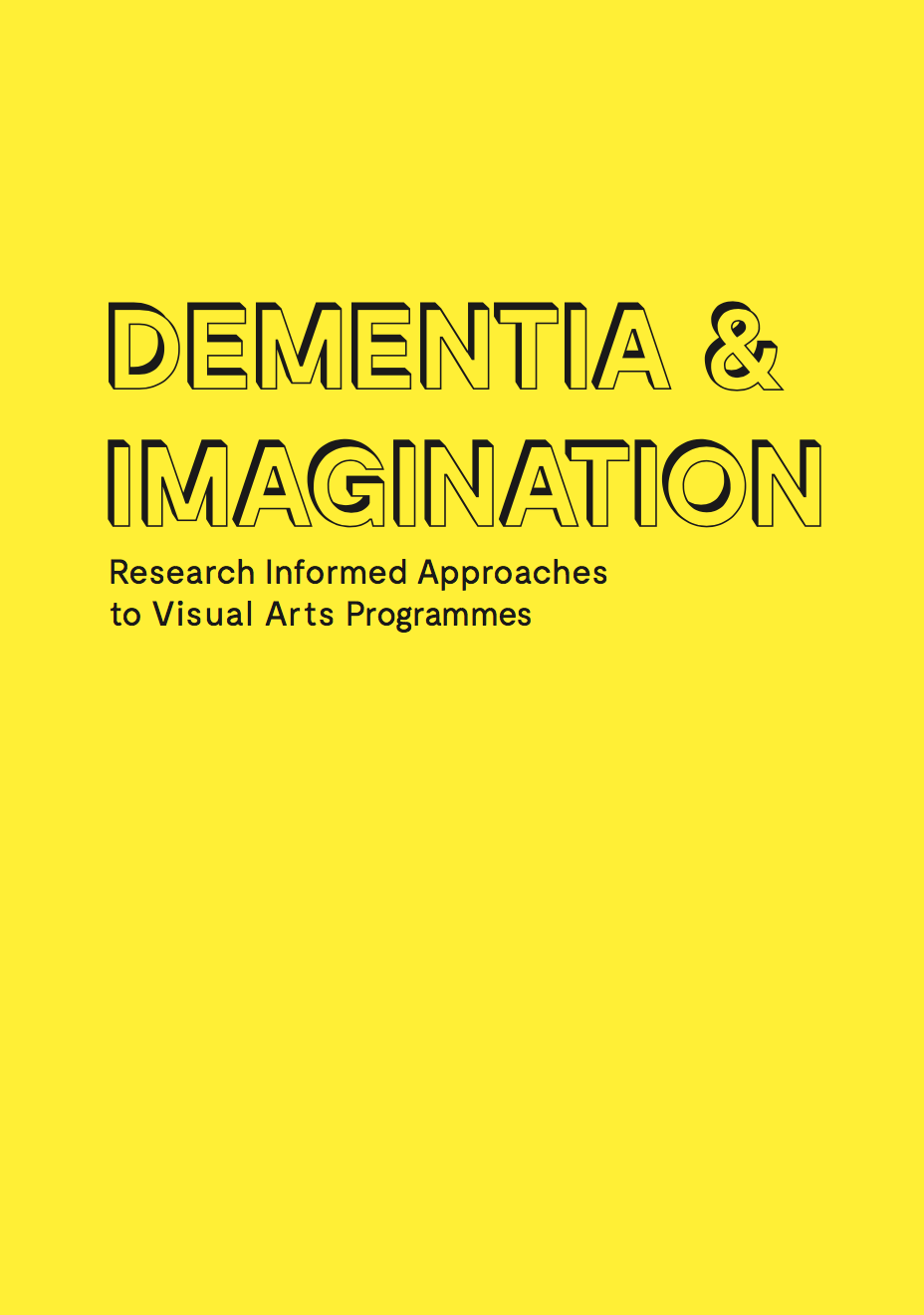




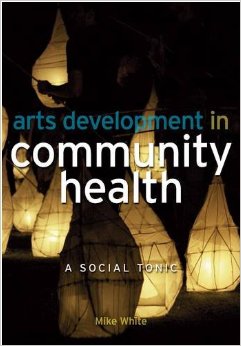




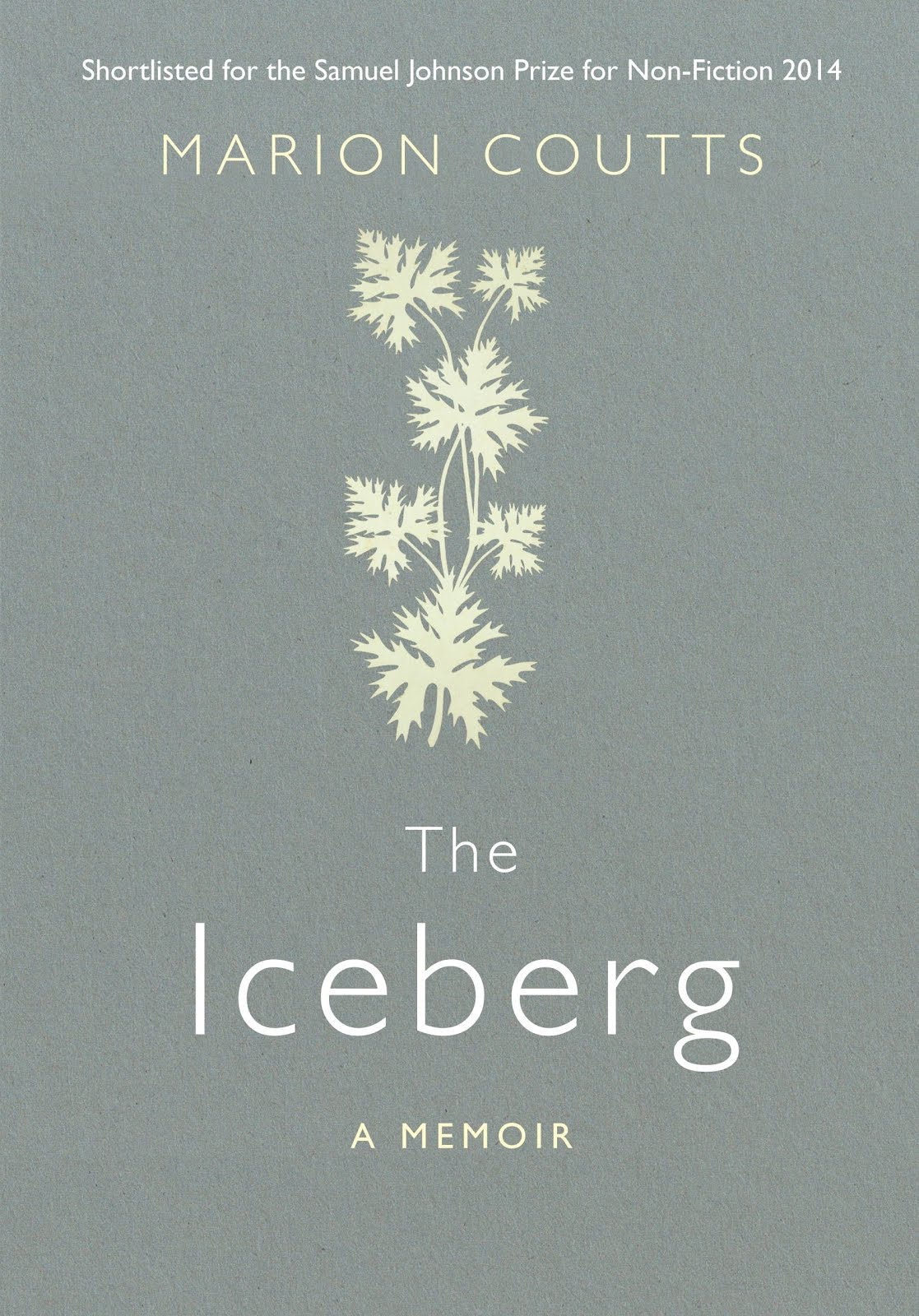








No comments:
Post a Comment